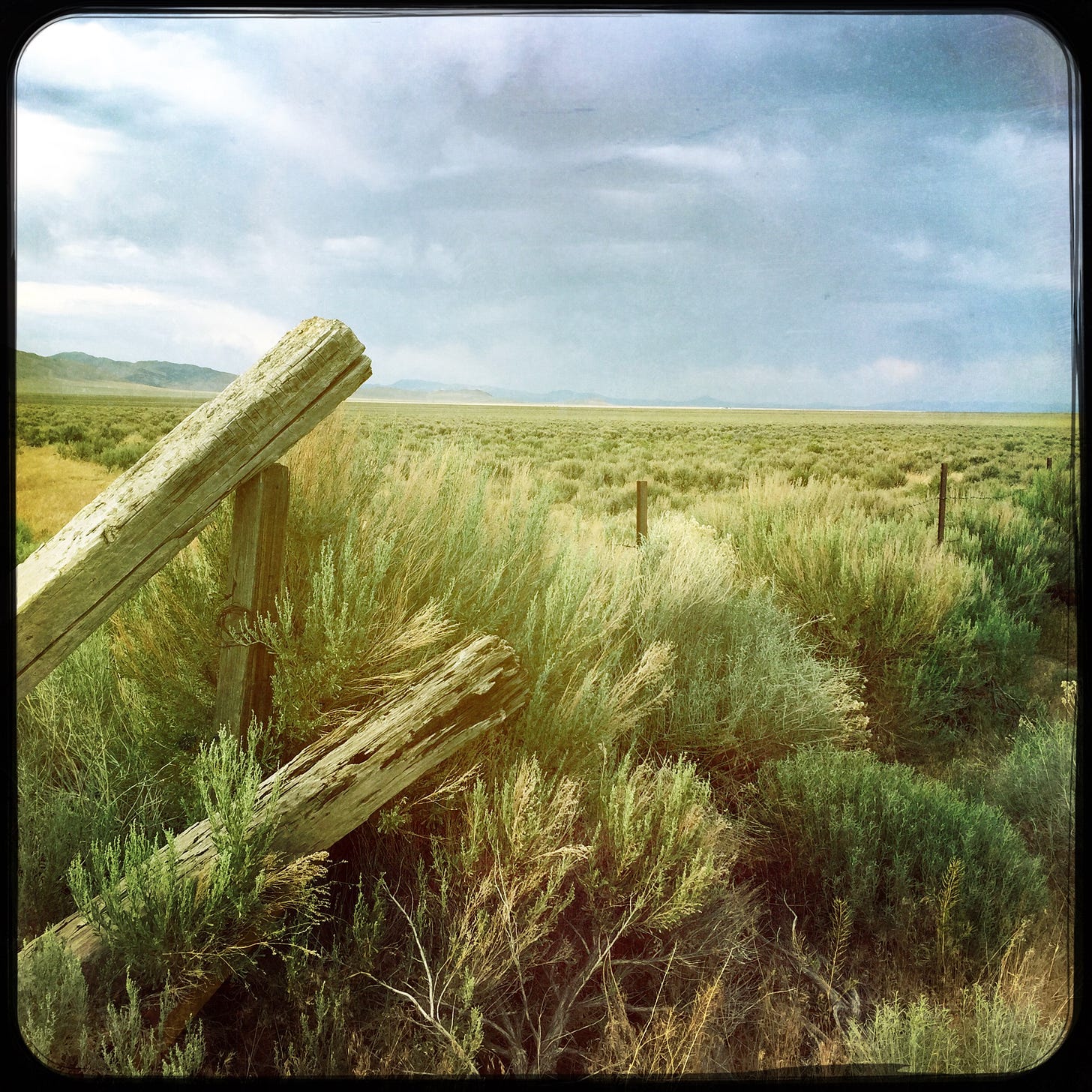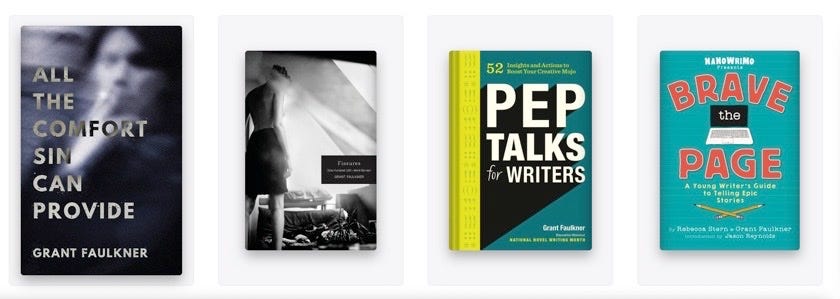Each week until the end of National Novel Writing Month in November, I’m going to write about a different creativity topic related to how to succeed in NaNoWriMo. If you’re not doing NaNoWriMo, don’t worry: all of the topics should relate to any creative project.
Here are the first pieces in the series:
I often advise young novelists to place their story in Paris because then they’ll have to go there for research purposes.
One of the mistaken perceptions of writers is that all of their writing gets done at their desks, that plots, characters, and the telling details that make a story blossom into life just flow out of a writer’s mind and onto the page.
As much as I hesitate to lure you away from maximal word production (because most of my pep talks encourage you to just keep writing in one way or another), one of the wonderful side benefits of being a writer is not just the places you get to go in your imagination, but the real places you get to go to explore your story in all of its nuances.
Since it’s just a little over a week until National Novel Writing Month begins, it’s a good time to prepare to write by going on a story field trip—an imaginative scavenger hunt to gather details, sensory information, and character insights.
It’s just like the kind of field trip you went on in elementary school, except you don’t have your parents sign a permission form and you don’t have to travel on a bus with a lot of screaming kids (unless your story takes place on a school bus, that is).
There’s nothing like venturing out to an actual place to experience it so you can write about it with the ring of authenticity. The location of your story can function almost as a character in your story, so know it well.
I once went to a cemetery at night to see the moon’s chilly glow on the tombstones. Another time I drove from San Francisco to Reno, tracing the road my main character was fleeing on. I ate tacos in Chowchilla and drank a Coke by an irrigation ditch for one story, and dressed in my suit and went to a Pentecostal church on a Sunday morning for another.
By spending a few hours inhabiting the world in your story, you’ll write much more confidently about that place.
Is your main character a doctor? Go to a hospital one day and sit in an emergency room and observe all that is going on—the people waiting in pain, discomfort, or boredom; the nurses bustling about; the out-of-date magazines in the waiting room; and, yes, the doctors. How does your doctor character relate to the pain in a patient’s eyes? How does your doctor view an impatient nurse? How does he or she wear a stethoscope?
Spend some time walking the hospital’s halls and attune your senses to all of the little things you might not think about when you’re there as a patient. What does the hospital smell like? How is it decorated? Where would your doctor eat lunch? See if you can even do a brief interview with a doctor. How many patients does he or she see each day? What thoughts does he or she carry home from the day?
A story field trip can take many forms, and sometimes we have to make do with our limitations. If you can’t go to the Paris of your story, there are plenty of online ways to go there. Traipse through the Marais or Marché aux Puces via Google Street View, or sift through image searches. Read travel articles. Listen to French music and watch French films.
Sometimes I take story field trips without any research purpose, just to get the creative juices flowing in a different way. One of my favorite field trips is to sit in a train station and simply observe the people. People reveal themselves in different ways when in transit. They’re in that odd state of suspension, between places, carrying high expectations of the pleasures ahead or the dread of what’s to come. They’re fleeing a place or running home.
I watch to see how they reveal themselves; I eavesdrop on their conversations; I try to surmise their stories. They carry questions that stir my imagination, and in observing them, I bring a deeper sense of humanity to my characters.
There are some downsides of a story field trip. It can be tempting to twist your characters and plot into illustrating your research instead of letting your observations serve the characters’ stories. It’s easy to fall so much in love with all that you’ve gleaned that you force details where they don’t belong. Focus on imparting the telling details rather than a random inventory of your notes.
In the end, perhaps the biggest purpose of the story field trip isn’t just for information, but for confidence. By spending a few hours inhabiting the world in your story, you’ll write much more confidently about that place. You’ll trust your words because you’ve grounded them with a foundation of experience.
Because NaNoWriMo Homework: Inhabit Your Story World
How can you inhabit the world of your story? Is there a key setting, occupation, or encounter that you can tap into in real life? Go there. Smell, touch, listen.
Because an Unrelated Quote
“Sometimes I wonder if the purpose of my writing is to find out whether other people have done or felt the same things or, if not, for them to consider experiencing such things as normal. Maybe I would also like them to live out these very emotions in turn, forgetting that they had once read about them somewhere.”
― Annie Ernaux (winner of the 2022 Nobel Prize for Literature), Simple Passion
Because I’d love you to read one of my books
I write this newsletter for many reasons, but mainly just for the joy of being read and having conversations with readers. This newsletter is free, and I want it to always be free, so the best way to support my work is to buy my books or hire me to speak.
Because more about me
I am the executive director of National Novel Writing Month, the co-founder of 100 Word Story, and an Executive Producer of the upcoming TV show America’s Next Great Author. I am the author of a bunch of books and the co-host of the podcast Write-minded.
My essays on creative writing have appeared in The New York Times, Poets & Writers, Lit Hub, Writer’s Digest, and The Writer.
For more, go to grantfaulkner.com, or follow me on Twitter or Instagram.








I love this. My first novel used a lot of locations I was already familiar with, but I went back to them when I was writing to re-feel them in the ways you describe. How the light (moon or otherwise) falls, the local interiors, what the streets feel like...
Great advice as always. Where were you when I was starting out???
Great point and I realized I'm doing just that. My piece is on the Native Americans in the Eastern Sierra during the Indian Wars of 1882, the place I love to camp. Now I have more excuse to spend more time in the Sierra...YES! I'll let you explain it to my wife:)